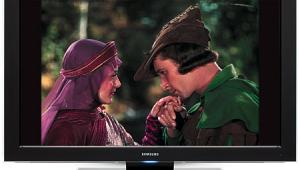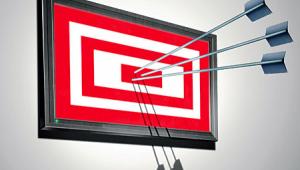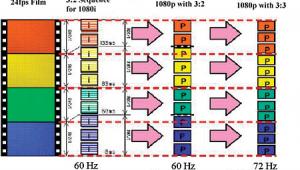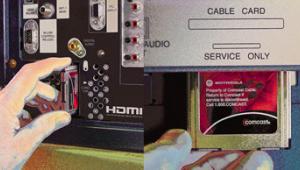4K is Here!
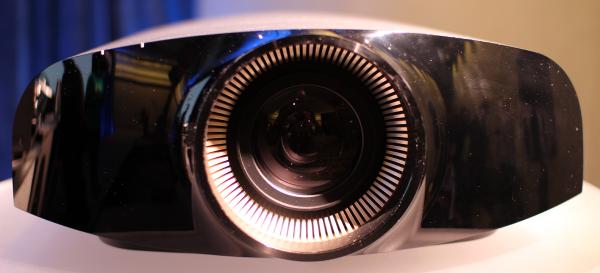
Today, 3D has become a de facto feature on almost every higher-end TV and even many projectors, and it continues to make headlines. But the biggest news to come out of the CEDIA Expo trade show this past September wasn’t of the three-dimensional variety. The news that took many attendees by surprise was 4K.
For the uninformed, 4K refers to video displays with a resolution pushing 10 million pixels. That’s more than four times as many as you’ll find on current 1080p HDTVs. While 4K projectors have been demonstrated at previous trade shows, they were mostly professional models. But JVC and Sony showed consumer projectors at CEDIA 2011 that will begin shipping before year’s end at the real-world prices of $8,000 for the least expensive JVC model and $25,000 for the Sony. Why the big price difference? Sony’s VPL-VW1000ES is a native 4K (4,096 x 2,160-pixel) projector, while JVC’s models use a proprietary technology called e-Shift that displays 3,840 x 2,160-resolution images from a native 1,920 x 1,080-rez chip.
If you’re contemplating the move to 4K — either native or the e-Shift variety — what will it mean for your current setup?
Will Your Cables Still Work?
Whenever a new technology comes out, there’s the question of whether existing cabling infrastructure will work. When DVD came along, component replaced S-video. And with HDTV, HDMI eventually replaced component.
Here’s what we know about 4K and HDMI: True 4K source material (not yet available to consumers), as well as video signals upscaled to 4K resolution by a video processor, will place significant data demands on the cable, requiring data rates of about 8.91 Gbps, or double that of 1080p/60.
To get the straight dope on whether 4K will mean another new cable, I reached out to two cable manufacturers, Audioquest and Kordz. The short answer: probably not. Audioquest’s Shane Buettner explained, “4K will undoubtedly increase the data demands of the HDMI cable significantly, and in all likelihood require a High Speed-rated HDMI cable that can transmit HDMI’s maximum data rate of 10.2 Gbps.” And Kordz’s David Meyer added a warning: “Since HDMI launched new labeling guidelines in 2009, the message has been that you need a Standard HDMI cable for 720p/1080i, and a High Speed cable for 1080p. Some segments of the market have taken this to mean that High Speed equals 1080p. [High Speed HDMI cables should support up to 4K-rez video, which is included in the HDMI 1.4 specification.] As such, we’ve observed many HDMI cables being promoted and labeled in the marketplace as High Speed, but actually only operating to 1080p/60 — around 4.45 Gbps or so.
“Bottom line,” concluded Meyer, “for 4K support, use an HDMI cable which is genuine High Speed and certified to operate to 3.4 Gbps/channel, being 10.2 Gbps total. Since many cables are mislabeled for marketing purposes, how can you tell? Stick with reputation, and stay away from cheap unknowns.”
What does the future hold for 4K 3D? Said Buettner, “There’s no current HDMI spec for 3D at 4K. HDMI 1.4 supports 4,096 x 2,160 at 24 frames and 3,840 x 2,160 at 24/30 frames. But it doesn’t support 48/60 frames. This seems to preclude a 4K 3D signal being transmitted over HDMI 1.4 from the source to the display.”
Will Your Blu-ray Player Still Work?
Since there’s no true 4K content available right now, 4K projectors take regular Blu-ray and HDTV signals and upconvert them. This scaling is performed in the display — or in a video processor connected to the display — so your existing Blu-ray player will function with no problem.
But according to Sony, if — or, more likely, when — true 4K content arrives on Blu-ray Disc, the situation will be just like when Blu-ray 3D came out. That means your player will definitely require more than just a simple firmware update; you’ll need to upgrade to a new model.
Next month, I’ll discuss how 4K will affect your selection of a projection screen and where you sit when watching movies.




